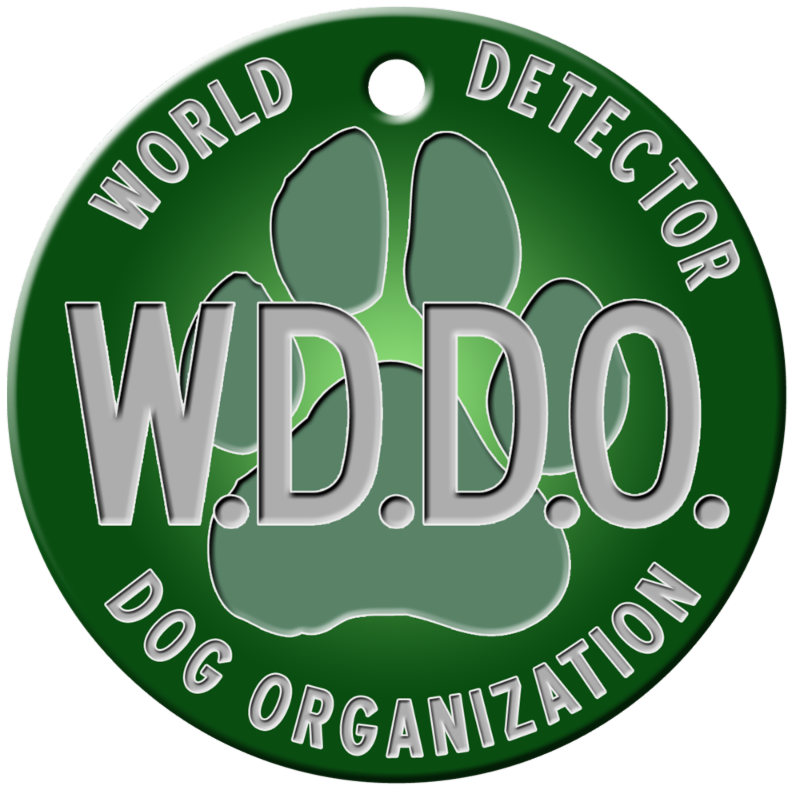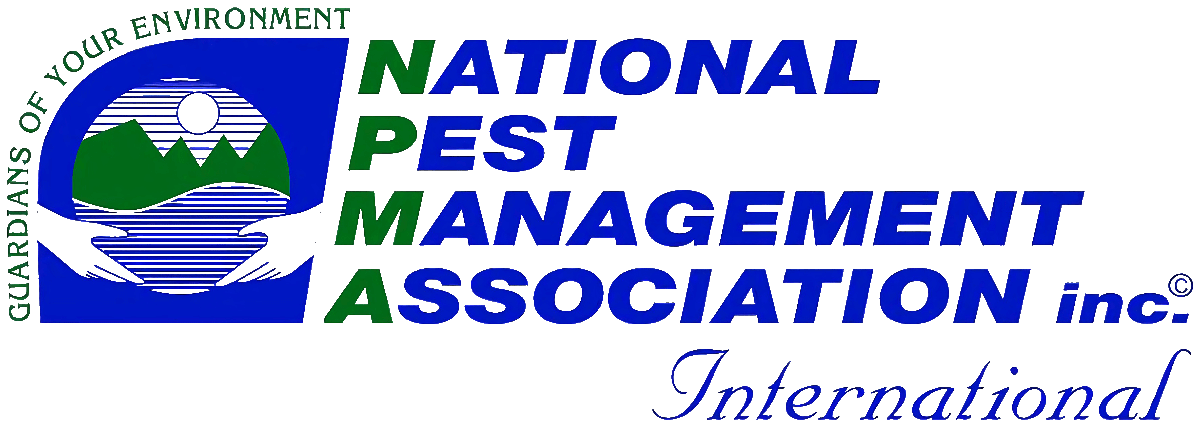New York is one of the hardest hit areas of the country when it comes to bed bug infestations. In fact, the state has consistently ranked in the top five for bed bug activity over the last several years. Unsurprisingly, New York City has become one of the hotter spots in the state. So much so that the New York City Department of Housing Preservation and Development (HDP) was moved to enact Local Law 69 in 2017. This legislation requires the owners of multiple dwelling housing complexes to file annual bed bug infestation and treatment reports with the city.
As 2020 comes to a close it’s time for those reports to be filed with the HDP and for this years bed bug totals to be tallied.
Local Law 69
Passed in 2017, Local Law 69 was written to help stem the growing tide of bed bug infestations in New York City. The legislation is designed to help New York City’s Public Health Department to identify and track the spread of bed bugs throughout the five boroughs.
Property owners are required to gather specific information from tenants or unit owners and to include that data in their year-end reports. That data includes:
- Number of dwellings/units in or on the property
- Number of dwelling units, as reported or otherwise known to the owner, that had a bed bug infestation during the previous year
- Number of dwelling units, as reported or otherwise known to the owner, in which eradication measures were employed during the previous year for a bed bug infestation
- Number of dwelling units, as reported in item 3, that had a subsequent bed bug infestation after such eradication measures were employed in said units
All valid owners or managing agents are required to submit their reports online before the end of the year. Once the HDP has collated all of the submitted data it is made available to the public on the Housing and Preservation Develop website.
Disclosing Bed Bug Histories
Since 2010 property owners and managing agents have been required by law to honestly disclose any history of bed bug activity on the properties they own or manage. Landlords must supply potential renters (or buyers) with a written history of bed bug activity including past infestations and the steps taken to eradicate those infestations. If a landlord or property owner has failed to notify a renter or buyer the tenant may file a DBB-N Tenant’s Complaint of Owner’s Failure to Disclose Bed Bug Infestation History/Notice and Order with the city.
Local Law 69 serves to add some teeth to the earlier law by establishing a record of bed bug infestation in multi-dwelling buildings that can serve as a reference for renters and condo buyers that want to double check the pest control history of the units they are considering.
Tenants Should Know their Rights and Responsibilities
New York City is taking bed bug infestations seriously, and has taken important and effective steps to help stem the spread of these pests throughout the five boroughs. However, tenants also have a responsibility to report bed bug sightings to their landlords and fellow tenants.
It is incumbent upon landlords and property owners to address bed bug infestations quickly and effectively or suffer the legal consequences. Tenants should be prepared to follow through with their landlords after a bed bug report, and to notify city health authorities should their landlord fail to eradicate the problem.
Finally, if you are considering a new rental or thinking about buying into a co-op or condo be sure to request a full bed bug history from the property manager. If they fail to provide the documentation, or if you believe the documentation may be incomplete, you can check with the HDP regarding recent bed bug infestations and treatments on the property in question. Remember, you have a right to this information in order to protect yourself and your family.
Published by Scott Palatnik
If you believe you’ve brought bed bugs into your home or office, give us a call, we can help!
Now with 2 locations. On Long Island @ 516-619-6149, or in NYC @ 212-299-9186
We are Long Island Bedbug Inspections.
Your Bedbug Inspection, and Elimination solution.


